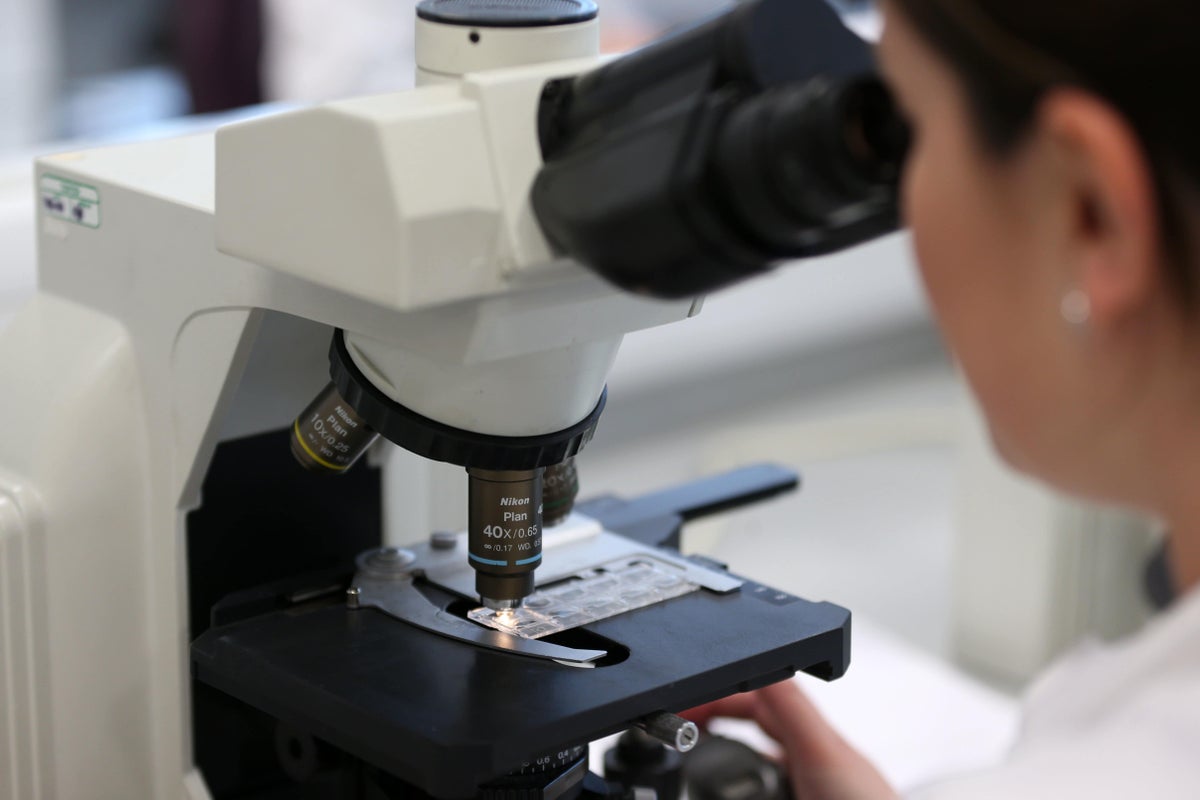
A new study has revealed a direct link between high insulin levels, common in patients with obesity and type 2 diabetes, and pancreatic cancer, scientists have said.
Researchers suggest the findings provide the first detailed explanation of why people with the two conditions are at increased risk of pancreatic cancer.
According to the study, excessive insulin levels overstimulate pancreatic acinar cells, which produce digestive juices.
“Alongside the rapid increase in both obesity and type 2 diabetes, we’re seeing an alarming rise in pancreatic cancer rates. These findings help us understand how this is happening— Dr James Johnson, University of British Columbia
This overstimulation leads to inflammation that converts these cells into precancerous cells.
Co-senior author Dr James Johnson, a professor in the department of cellular and physiological sciences at the University of British Columbia (UBC), Canada, said: “Alongside the rapid increase in both obesity and type 2 diabetes, we’re seeing an alarming rise in pancreatic cancer rates.
“These findings help us understand how this is happening, and highlights the importance of keeping insulin levels within a healthy range, which can be accomplished with diet, exercise and in some cases medications.”
According to Pancreatic Cancer UK, pancreatic cancer is the 10th most common cancer with 10,449 people diagnosed with it in the UK in 2018.
We hope this work will change clinical practice and help advance lifestyle interventions that can lower the risk of pancreatic cancer in the general population— Dr Janel Kopp, University of British Columbia
It is the fifth biggest cancer killer in the UK with 9,000 deaths every year.
The study, published in Cell Metabolism, focused on the most common pancreatic cancer – pancreatic ductal adenocarcinoma (PDAC) – which is highly aggressive, with a five-year survival rate of less than 10%.
Although obesity and type 2 diabetes had previously been established as risk factors for pancreatic cancer, how this worked had been unclear.
The findings in mice show that insulin supports the physiological function of pancreatic acinar cells in producing digestive enzymes that break down fat-rich foods.
This research could also pave the way for targeted therapies that modulate insulin receptors to prevent or slow the progression of pancreatic cancer— Dr Janel Kopp, University of British Columbia
But at high levels, its increased action can inadvertently foster pancreatic inflammation and the development of precancerous cells.
Researchers suggest the findings may pave the way for new cancer-prevention strategies and treatments that target insulin receptors in acinar cells.
Senior author Dr Janel Kopp, assistant professor in the department of cellular and physiological sciences at UBC, said: “We hope this work will change clinical practice and help advance lifestyle interventions that can lower the risk of pancreatic cancer in the general population.
“This research could also pave the way for targeted therapies that modulate insulin receptors to prevent or slow the progression of pancreatic cancer.”







